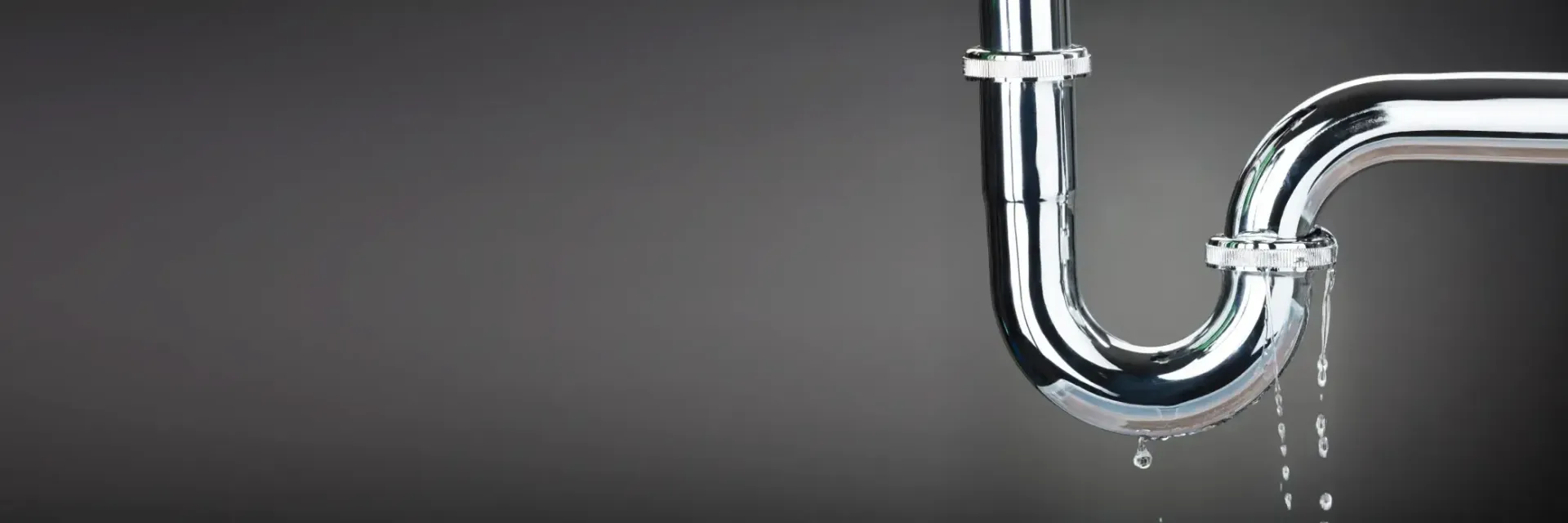Does My Home Pass the Energy Efficiency Test?
According to Lawrence Berkeley National Laboratory, the average household spend on energy costs is roughly $2,060 annually. This money is used to heat your house, run your appliances, lighting, and more. However, 35% of the power used is wasted.
A home energy assessment can be used to ensure that your home's energy usage is as efficient and conservative as possible. Now, you may be wondering, "Does my home pass the energy efficiency test?" Well, we can't answer that question for you, but here are some tips to help you find out:
1. Locate and seal air leaks.
It is not uncommon for homes to have leaks, but by sealing ducts properly, you can gain 5% to 30% back in savings. To find these leaks, you should begin your assessment outside the house and work your way to the attic and then the basement. Outside the house, you should check for problems around walls, joints, and under the eaves. If they are not a tight fit, you are probably losing energy and money.
2. Use energy-efficient appliances.
As a homeowner, you need energy-efficient appliances to improve your lifestyle, save money and energy, and protect the environment. Although the savings from a single energy-efficient device may seem little, these savings build up over time. Using energy-efficient appliances such as an energy-efficient heater, light, refrigerator, and air conditioner will reduce your power costs.
3. Inspect the insulation of your home.
Older homes were not required to install as much insulation as newer ones. Owning an older home may indicate that your home's insulation is inadequate. Energy loss from insulation can also occur as it degrades and develops structural holes.
Inspect your attic, and don't forget about the hatch. Make sure it is properly insulated to stop energy loss. You should also make sure that the foundation wall, ductwork, hot water pipes, and the area around your water heater in the basement are all properly insulated.
4. Inspect your HVAC.
Every HVAC system should undergo an annual inspection to look for flaws and maintenance issues. Professionals can perform complete HVAC checks for you.
But if you are a DIYer, check your HVAC filters and replace them every one to six months depending on the type of filters you have. If you haven't already, think about switching to more modern, high-efficiency filters. Keep an eye out for dirt streaks in your ductwork since they may be signs of air leaks.
If you'd rather, you can find air leaks caused by pressure loss by using a pressured duct blaster gadget. Insulate any pipes or ducts that require it and use duct mastic to seal any air leaks in the ductwork. If necessary, get experts to install a new air conditioner.
An HVAC that is not regularly maintained is less likely to operate effectively, will cost you more money, malfunction more frequently, and reach the end of its lifespan earlier. While carrying out your assessment, it is important to do an HVAC tune-up.
5. Turn to the professionals.
You shouldn't assume that because your home is new or recently built, there are no places to save energy. A professional home energy assessment is the ideal approach to determine where your home is wasting energy and where you can cut costs. However, you can perform your own straightforward but thorough walk-through, find issues with your property, and then call professionals to fix them.
At Gainesville Mechanical Inc., we are dedicated to your home's energy efficiency and indoor air quality. Our experienced and well-trained technicians can perform a more in-depth home energy assessment, spotting even the most negligible of problems.
For the DIY homeowners experienced in performing their home energy audits, you can turn to us with your assessment results. We provide preventative maintenance and repair services such as HVAC tune-ups that will ensure your HVAC system is running at an optimal level. Gainesville Mechanical Inc. also provides complete residential and commercial heating, air and plumbing services.











Share On: